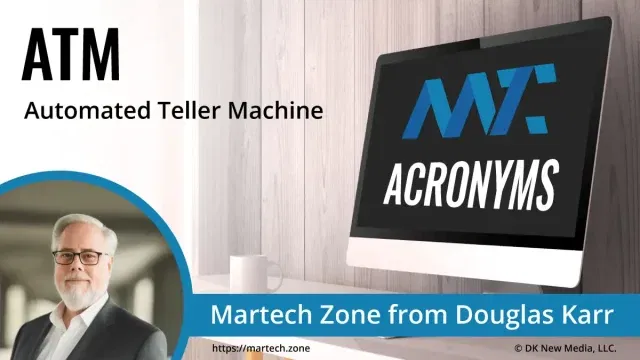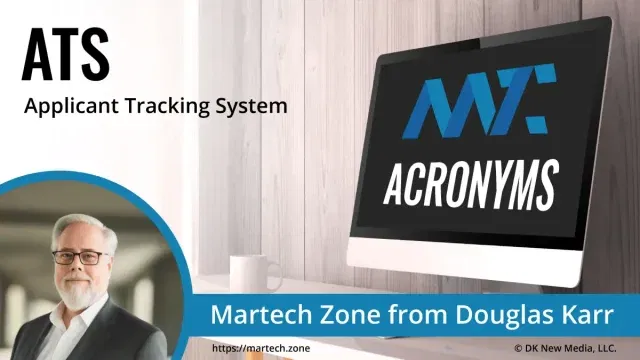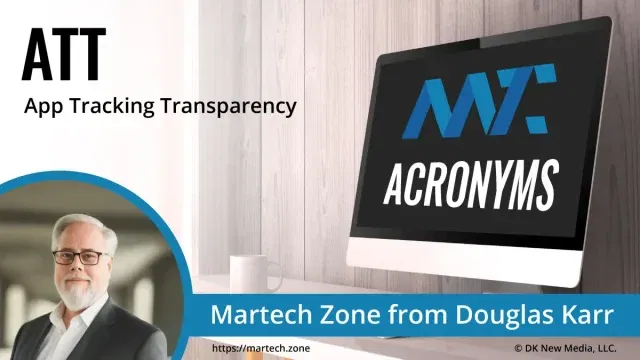Acronyms
Sales, Marketing, and Technology Acronyms and Abbreviations. Jump to acronyms beginning with the number or letter:
-

AT
Refers to the broad category of tools, devices, systems, and software designed to improve the functional capabilities of individuals with disabilities, impairments, or age-related limitations. The primary goal of AT is to enhance independence, inclusion, communication, mobility, and quality of…
-

ATARC
A nonprofit organization that focuses on bridging the gap between government, academia, and industry in the United States. ATARC hosts events, working groups, and other initiatives that bring together experts from government agencies, educational institutions, and industry partners to address…
-

ATDS
An ATDS is a piece of technology that has the capacity to store or produce telephone numbers to be called, and to dial such numbers without human intervention. ATDS technology can also be used to send pre-recorded or artificial voice…
-

ATM
A specialized computer that allows bank customers to perform financial transactions, typically cash withdrawals, without needing a human teller. Customers can also use ATMs to check their account balances, deposit money or checks, and transfer funds between their accounts. A…
-

ATO
A cybercrime is when an attacker gains unauthorized access to a user’s online account, such as email, social media, banking, or e-commerce accounts. Once the attacker has control of the account, they can perform various malicious activities, including: Stealing personal…
-

ATOM
A web syndication format, like RSS, which users utilize to publish and syndicate their content to subscribers. The Atom Syndication Format is a language used for web feeds, allowing users to keep track of updates to content provided by a…
-

ATS
A software application designed to help businesses manage the recruitment process by automating and organizing candidate data. Companies of all sizes widely use ATS platforms to streamline hiring, improve efficiency, and ensure compliance with employment regulations. Key functions include: Resume…
-

ATT
A privacy feature introduced by Apple for its iOS operating system starting from iOS 14.5. It gives users more control over how third-party apps use their data for tracking and targeted advertising. With App Tracking Transparency, whenever an app wants…
-

ATV
A key performance metric that measures the average dollar amount a customer spends per transaction within a given period. It’s calculated by dividing total revenue by the total number of transactions. Businesses use ATV to understand purchasing behavior and identify…
-

AU
A plugin format developed and maintained by Apple for the macOS. AU is an equivalent of VST. AU is a core part of Apple’s Core Audio framework, a low-level system for handling Mac audio. This tight integration gives AU plugins…







